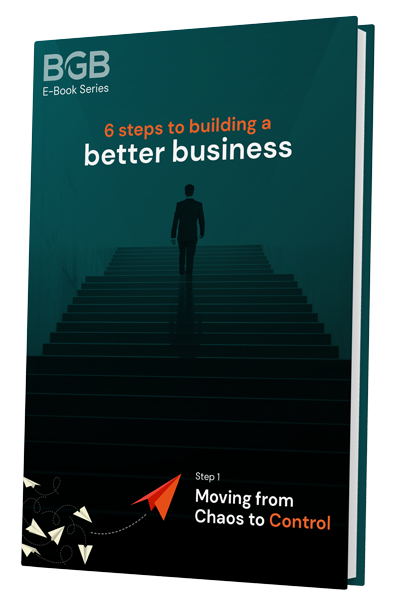It is clearly true that a larger team can achieve more than any individual. As they say, many hands make light work. Any business that employs more than a couple of people is clearly able to look after more customers and deliver more products and services and bigger financial results than a sole trader can. That all seems fairly obvious.
However, for those statements to actually be true, a number of things must be the case and, perhaps most importantly (at minimum, this is absolutely mandatory), it has to be abundantly clear who does what. If a team is to actually achieve more, let alone achieve its full potential, it must be clear on all the things that need to happen and must ensure they’re going to happen. That is to say, those things must all be the accountability of someone. In order to avoid things slipping through the cracks, every important activity or outcome must be accountable to someone and, to avoid duplication, confusion or inefficiency, they must be accountable to only one person.
This should be the starting point for any organisation design and also dictates a straightforward process for crafting your future Organisation Chart:
1.Start by listing all of the activities that go on in your business (and outcomes that need to be achieved in the business) and ranking them from most important and most frequent, through to least important/frequent. There are likely to be over 200 such activities and outcomes;
2.Starting at the top (ie. most important), start allocating those activities and outcomes to different roles (empty boxes in an organisation chart). There are likely to be about 20-30 ‘big-ticket’ items – those activities and outcomes that are most important and that simply have to be delivered for your business to achieve its plans and goals.
3. The first few (maximum 5 or 6) items in any box (for any single role) will be ‘Accountabilities’ for that role. That is to say, the non-negotiables. Those items, of highest importance to the business, that the role simply has to deliver. If they are not delivered, questions will be asked out either the person in the role (and how long they can stay in it) or the design of the role itself. If those items are not being delivered, something has to change.
4. Then allocate the remaining activities and outcomes to roles. By now, you are likely into lower importance activities and, whilst these will be the responsibility of that role and should be done, these ‘Responsibilities’ are not quite as significant as the first few ‘Accountabilities’ mentioned above. There may be 15 or 20 per role and these things are unlikely to be serious enough to warrant firing or demotion for non-achievement.
5. Complete two checks on the design you’ve created:
a. Is every important activity and outcome in the business the accountability of one (and only one) role in the business?
b. When you look at each individual role in the business, have you allocated a realistic volume of accountabilities and responsibilities that one person can actually take on?
If the answer to those questions is a clear “yes”, then you’re done. Its not clear who is accountable for what and there is a realistic chance that the team can deliver to its highest potential!
P.S. Whenever you are ready…
Here are three ways we can help you grow your business.
- Get the ‘finish your business’ checklist: The complete step-by-step recipe to have all the ingredients in place to actually finish your business. That means it works without you and gives you a great life. Click here.
- Join and connect with other entrepreneurs that are building great businesses: It’s our Facebook community where smart business owners are learning to get more customers, build winning teams and put their businesses on autopilot. Join now.
- Apply to become a member of BGB: If you would like to be considered for membership and go from working in your business to working on your business… send us a message and put ‘membership’ in the subject line… tell us a little about your business and what you’d like to work on together, and we’ll get you all the details.





